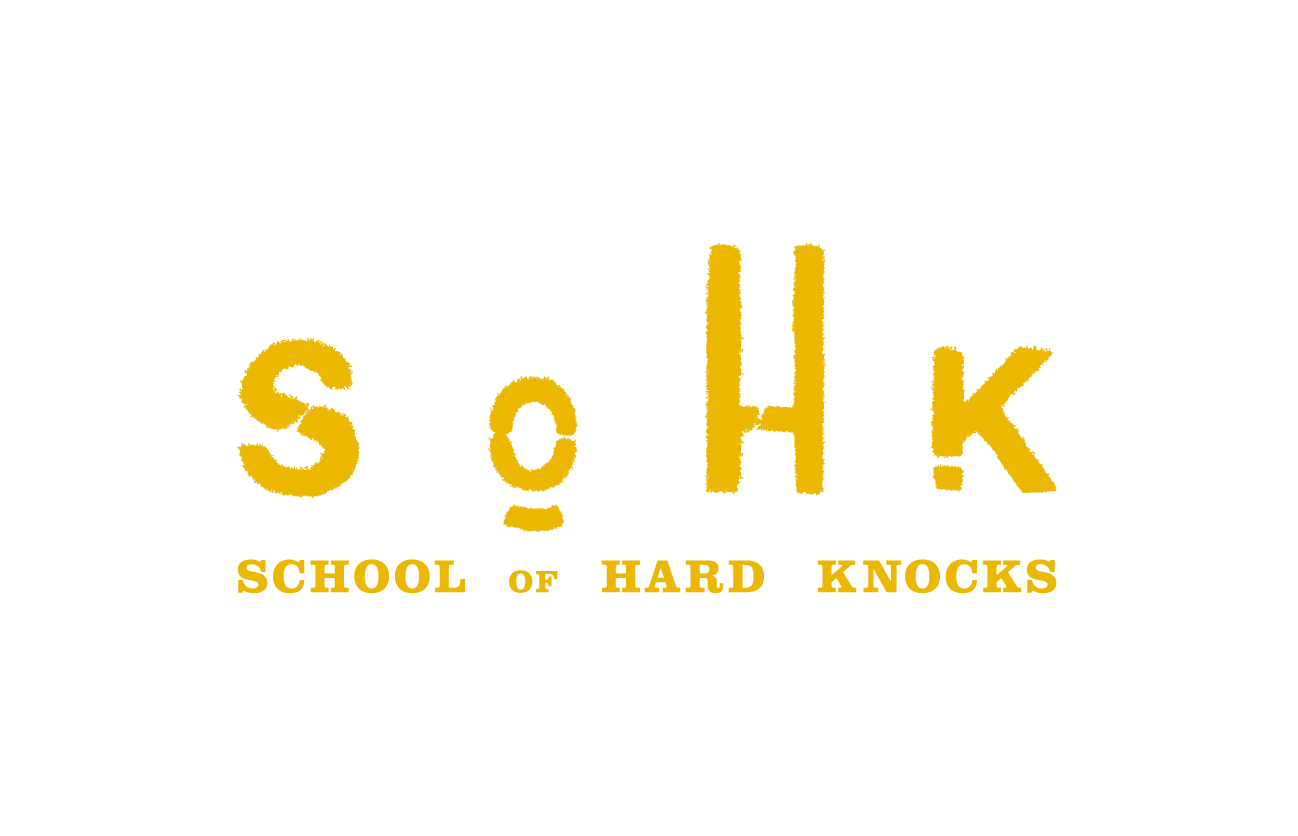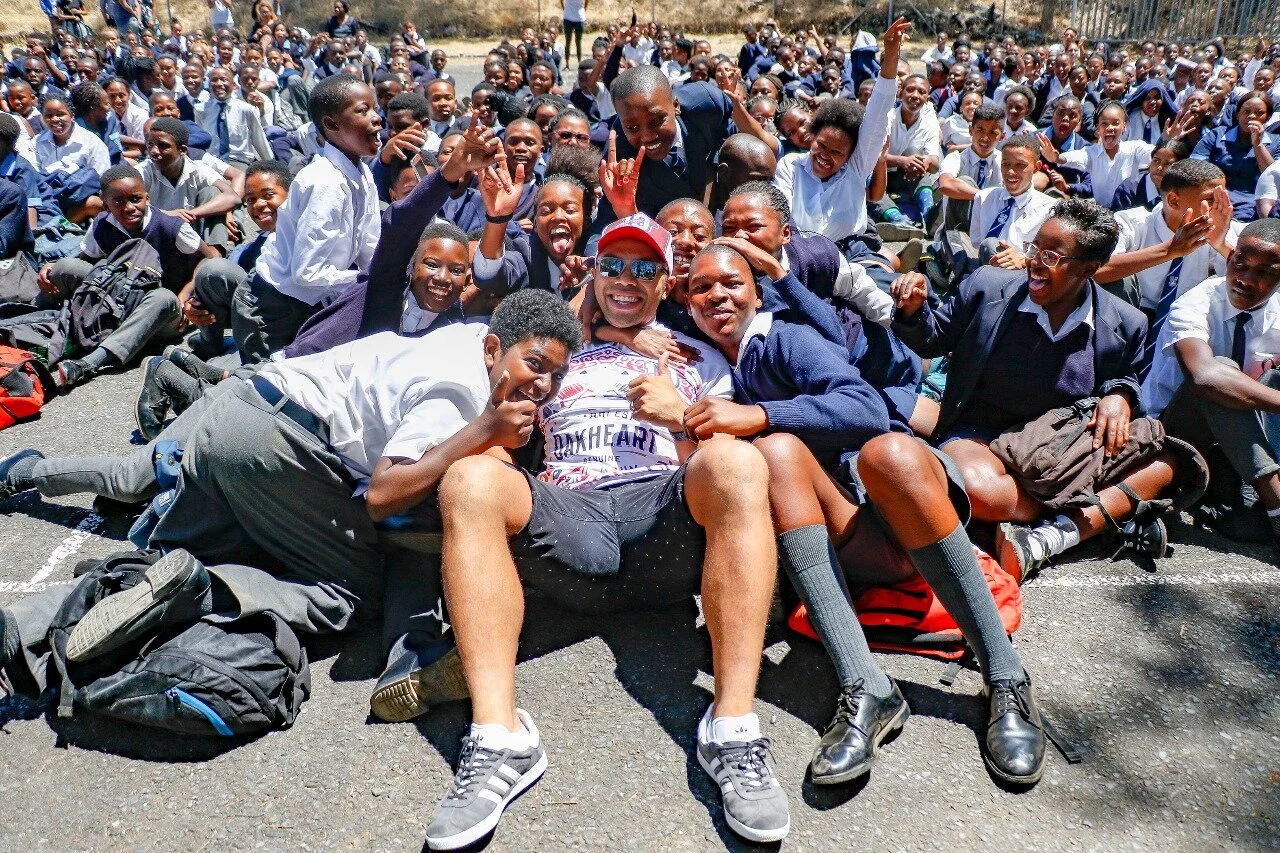The Power of Social Influence to Support Mental Health Awareness in Schools
Introduction: Why Mental Health Must Be a Priority
In schools across South Africa and the world, mental health is no longer a silent epidemic. Anxiety, depression, emotional dysregulation, and trauma have become deeply embedded in the daily experience of young people. But while the statistics are troubling, the conversation is finally beginning to change. More educators, parents, and policy-makers are acknowledging the need for emotional support in the classroom. However, one group continues to be underestimated in this movement — the students themselves.
At the School of Hard Knocks (SOHK), we believe that students are not just recipients of mental health education. They are the most powerful influencers of change. When young people lead the way, peers listen. Social influence is not a buzzword. It is a catalyst for transformation, and it may be one of the most effective tools we have to reduce stigma, encourage emotional literacy, and create school cultures where vulnerability is respected, not rejected.
Social Influence: What It Is and Why It Matters
Social influence is the ability to affect the behavior, attitudes, or beliefs of others through social interaction. In schools, this influence can be observed in the way trends spread, slang evolves, and norms are established. Students pay attention to what others their age are doing. This is not a sign of weakness. It is part of the social development process.
The same dynamic that fuels fashion trends or viral challenges can also be used to normalize healthy behaviors. When a respected peer speaks openly about attending therapy, taking a mental health day, or reaching out for help, it carries a different weight than when an adult says the same thing. Peer influence can be a positive force. It can normalize openness, kindness, emotional honesty, and asking for support.
The Hidden Cost of Silence
Too many students suffer in silence. They sit through classes distracted by internal storms that no one sees. They may appear “lazy,” “disrespectful,” or “withdrawn,” but in reality, they are overwhelmed, anxious, or stuck in survival mode. For some, mental health is a topic they feel ashamed to talk about. They fear being labeled weak. They worry about being laughed at or misunderstood.
When schools do not create clear, visible, student-led pathways for emotional support, silence becomes the norm. And silence can be deadly. Studies show that the earlier emotional struggles are addressed, the more likely young people are to recover, stay in school, and build resilience. But they cannot do it alone. They need to see others taking the first step.
What the Research Shows
A 2021 study published in Child and Adolescent Psychiatry and Mental Health found that peer-led mental health programs in schools led to significant increases in emotional awareness and help-seeking behavior among students. In particular, students reported feeling safer and more willing to disclose personal struggles when those conversations were initiated by fellow students who shared relatable stories.
Another international meta-analysis of over 30 peer intervention studies revealed that peer support programs in schools reduced bullying, improved social cohesion, and decreased instances of depression and self-harm. When students feel that others like them are standing up, speaking out, and taking care of their mental wellbeing, it sends a message of safety and strength.
The Role of Peer Mentorship and Leadership
At SOHK, we see every young person as a potential leader. You do not need a prefect badge or a high test score to lead in your community. Leadership can look like checking in on a classmate. It can be helping someone through a panic attack. It can be standing up when others make a joke at someone else’s expense.
We work with students to help them develop the emotional awareness and communication tools needed to be leaders in their own right. Through rugby, group sessions, and personal mentoring, we provide safe spaces for students to share their experiences and learn how to support others. Some of our students have taken their own experiences with loss, trauma, or bullying and turned them into stories that uplift others.
This kind of peer mentorship is especially critical in communities where mental health is not openly discussed at home. When a student becomes the first person in their family to say, “I am not okay,” and reaches out for support, they shift generational patterns.
Creating Culture Change in Schools
Mental health education cannot be confined to one-off assemblies or posters on the wall. Real change happens when mental health is woven into the daily rhythm of school life. This includes the way teachers talk to students, how discipline is handled, and what kinds of conversations happen in break time.
But most importantly, change happens when students lead by example. When peer influencers speak up, others follow. When mental health is treated as something normal, rather than something taboo, more students take off their emotional masks.
At SOHK, we facilitate student-led dialogues that create ripple effects through entire schools. A single rugby team member who shares about the pressure he feels at home can open the door for others to do the same. A young woman who speaks about her anxiety before a big test helps others see that they are not alone.
The Power of Representation
Students need to see themselves in the people speaking about mental health. When a trained psychologist visits the school in a suit and speaks in a language that feels disconnected from the student experience, it can create more distance than connection. But when a peer or near-peer facilitator speaks about how they dealt with panic attacks or grief, it resonates on a deeper level.
Representation matters. This is why SOHK trains students, alumni, and community leaders to be mental health champions. It is not about being perfect. It is about being real. Vulnerability becomes a bridge, not a barrier.
Leveraging Social Media for Good
We cannot talk about social influence without acknowledging the role of social media. Platforms like TikTok, Instagram, and WhatsApp shape how young people see themselves and the world. For many students, social media is both a lifeline and a landmine. It can provide connection, inspiration, and humor. But it can also amplify insecurities, comparison, and toxic messages.
Instead of shaming students for being online, we need to support them in becoming critical consumers and creators. At SOHK, we run sessions that explore the emotional impact of scrolling, filters, likes, and online bullying. We challenge students to share messages that uplift and to follow accounts that reflect real, honest, human experiences.
When young people take to social media to share their stories of resilience or to support a classmate’s mental health journey, they turn social media into a tool for healing.
How Adults Can Support Peer Influence
For this model to work, adults need to let go of the idea that they always have to lead from the front. Sometimes, the most powerful thing a teacher, coach, or parent can do is to create the space for students to lead.
Here are a few ways adults can support social influence for mental health:
Encourage storytelling. Let students share their experiences in classrooms, assemblies, or student publications.
Provide training and support. Equip student leaders with basic mental health literacy and the confidence to speak up.
Celebrate vulnerability. When students take emotional risks, affirm them.
Model behavior. Adults should also speak about their own mental wellbeing to normalize these conversations.
Fund programs. Support organizations like SOHK that make peer leadership part of their mental health approach.
What Students Actually Need
Young people do not need another lecture on the dangers of stress. They need connection. They need space to be heard. They need opportunities to lead. They need mentors who believe in them. They need environments that reflect their realities. Most of all, they need each other.
When students look around and see that they are not alone, everything changes. Shame loses its grip. Silence starts to break. Conversations begin. Friendships deepen. And for some, that may be the first step toward real healing.
Real Stories, Real Impact
At SOHK, we have seen the impact of peer-led mental health awareness firsthand. We have worked with young men who once laughed off the idea of emotions, only to become some of the most compassionate listeners in their teams. We have seen students who were on the edge of dropping out find strength through connection. We have seen the softening of hardened expressions when a peer says, “Me too.”
These are not small victories. They are life-altering. And they are only possible because we trust young people to lead.
The Bigger Picture
The mental health crisis facing schools is not just about stress or depression. It is about disconnection. It is about the breakdown of community. It is about students who feel invisible, unheard, and unsupported. Social influence — especially when guided with care and purpose — can begin to stitch together what has been torn apart.
We cannot afford to ignore this power. Peer influence is not just a trend. It is a path forward. It is how we build stronger, more emotionally intelligent schools. It is how we tackle trauma together.
Our Conclusion: Every Voice Counts
If you are a parent, educator, donor, or community member reading this, know this truth — your presence matters. Your investment matters. But so does the voice of the student next to you. At SOHK, we believe that every voice counts. And when young people feel safe enough to use their voice, they can change everything.
Let us build schools where mental health is not an afterthought. Let us create cultures where vulnerability is strength. Let us uplift the quiet leaders, the storytellers, the listeners, and the ones who are still finding their voice.
Because when students lead the way, the future becomes more compassionate, more connected, and more courageous.

